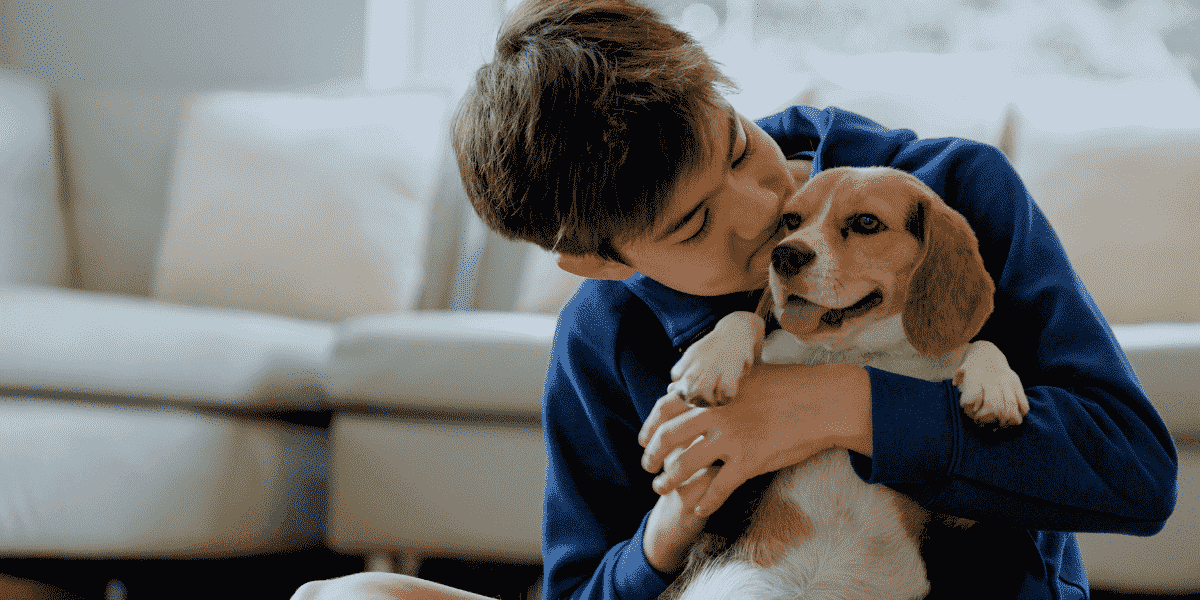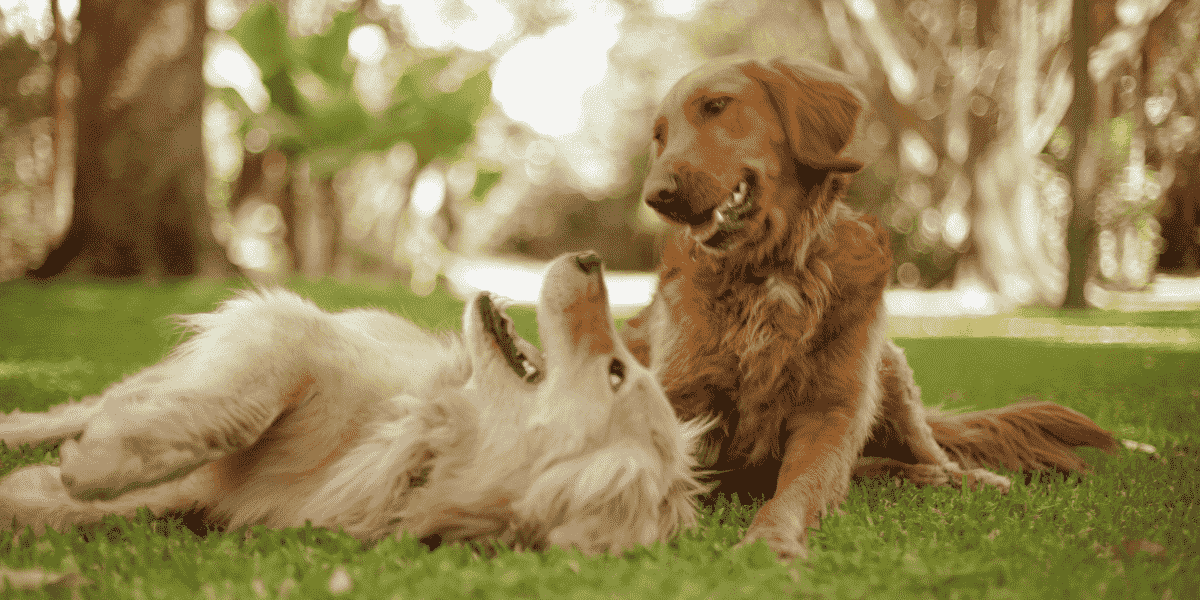Do you have an active pup who loves to explore and is always looking for something new to do? Training your pooch to navigate stairs and uneven surfaces can be a great way to help keep them safe while allowing them to explore their environment.
Not only is it important to ensure that your dog can safely navigate stairs and uneven surfaces, but it can also be a great confidence booster for your pup.
In this blog post, we’ll explore the importance of teaching your pup to navigate stairs and uneven surfaces and provide you with tips and tricks to help get them up to speed. So, if you’re ready to challenge and engage your pup’s mind, read on to learn how to train your dog to navigate stairs and uneven surfaces!
Understanding the Challenge: Why Training Matters
Before we dive into the training techniques, it’s crucial to grasp why teaching your dog to navigate stairs and uneven surfaces is essential. Dogs, though naturally agile, might face difficulties when confronted with unfamiliar obstacles.
Such challenges could lead to accidents, injuries, and hindered mobility. Proper training not only prevents mishaps but also boosts your dog’s self-assurance, ensuring they can explore their surroundings fearlessly.

Creating a Positive Learning Environment
To begin, establish a positive and encouraging environment for training. Use treats, toys, and praise to motivate your dog during the learning process. Make sure your dog is relaxed and receptive before initiating training sessions.
Patience is key; each dog learns at their own pace, so avoid rushing the process.
1. Basic Obedience Training as a Foundation
Before tackling stairs and uneven surfaces, ensure your dog has a solid grasp of basic commands like “sit,” “stay,” and “come.” These commands lay the groundwork for more advanced training and will help you maintain control during challenging situations.
2. Introducing Stairs: Step by Step
Begin the stair-training process by introducing your dog to a single step. Use treats to entice them to approach and step on it.
Repeat this until your dog feels comfortable. Gradually increase the number of steps as your dog gains confidence. Always use positive reinforcement to associate stairs with positivity.
3. Desensitizing to Different Surfaces
Expose your dog to a variety of surfaces like carpet, tile, and wood. Start with familiar surfaces and progress to more challenging ones. This desensitization helps your dog adapt to different textures under their paws, making them more confident when navigating various terrains.
4. Using Leash and Harness Guidance
A sturdy leash and harness can provide support as your dog learns to navigate stairs and uneven surfaces. Guide your dog’s movements gently, allowing them to explore while ensuring their safety. Avoid pulling on the leash, as this might cause anxiety.
5. Building Muscular Strength and Balance
Incorporate exercises that promote muscular strength and balance. Simple activities like controlled walks on unstable surfaces or balancing on a cushion can significantly enhance your dog’s physical capabilities.

6. Socialization and Exposure
Expose your dog to well-trained dogs who are adept at navigating stairs and uneven terrain. Dogs often learn from observing their peers, and positive interactions can boost their confidence.
Dog parks and training classes can be excellent environments for this.
7. Taking Outdoor Adventures in Stride
Extend the training to outdoor environments with various terrains. Gradually introduce your dog to parks, hiking trails, and other places with uneven surfaces. Start with easier trails and progress to more challenging ones over time.
8. Consistency and Gradual Progression
Consistency is vital throughout the training journey.
Short, frequent training sessions are more effective than infrequent, lengthy ones. Gradually increase the complexity of the challenges your dog faces, ensuring they’re always building on their skills.
9. Patience and Positive Reinforcement
Throughout the training process, maintain patience and offer generous praise for each achievement. Positive reinforcement strengthens the association between navigating obstacles and positive outcomes.
10. Celebrate Every Milestone
As your dog becomes more confident in handling stairs and uneven surfaces, celebrate their achievements. Treats, extra playtime, and affectionate praise will reinforce their progress and motivate them to continue improving.
Conclusion
Training your dog to navigate stairs and uneven surfaces is a journey that requires dedication, patience, and a positive attitude. By gradually exposing your furry friend to different challenges and terrains, using positive reinforcement, and prioritizing their safety, you’re ensuring their ability to explore the world confidently.
Remember, every small victory is a step toward enhancing your dog’s quality of life and creating an unbreakable bond between you and your loyal companion. Start your training journey today and watch your dog conquer new heights with joy and enthusiasm.

